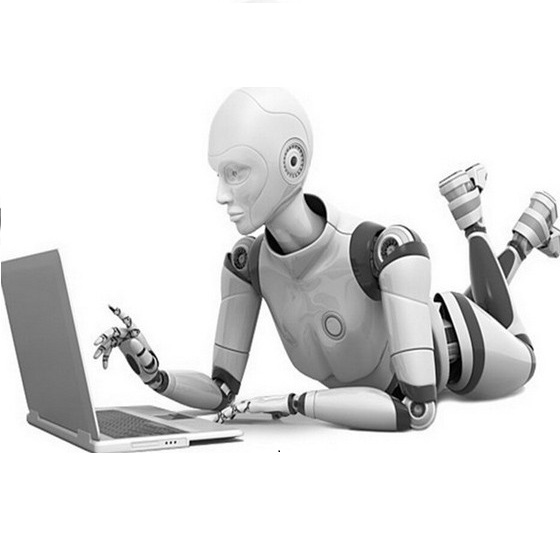In this work, we analyze how human gaze during reading comprehension is conditioned on the given reading comprehension question, and whether this signal can be beneficial for machine reading comprehension. To this end, we collect a new eye-tracking dataset with a large number of participants engaging in a multiple choice reading comprehension task. Our analysis of this data reveals increased fixation times over parts of the text that are most relevant for answering the question. Motivated by this finding, we propose making automated reading comprehension more human-like by mimicking human information-seeking reading behavior during reading comprehension. We demonstrate that this approach leads to performance gains on multiple choice question answering in English for a state-of-the-art reading comprehension model.
翻译:在这项工作中,我们分析阅读理解过程中人类的视线是如何以给定阅读理解问题为条件的,以及这个信号是否有利于机器阅读理解。为此,我们收集了一个新的眼睛跟踪数据集,大量参与者参与多重选择阅读理解任务。我们对这些数据的分析显示,对文本中与回答问题最相关的部分的固定时间增加了。受这一发现驱动,我们提议在阅读理解过程中模仿人类寻求信息的行为,使自动阅读理解更像人类。我们证明,这一方法在以英语回答多种选择问题以获得最新阅读理解模式方面,取得了成绩。






